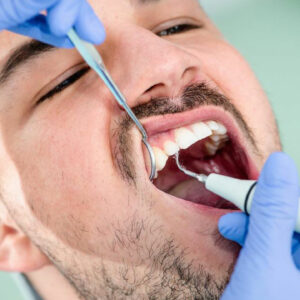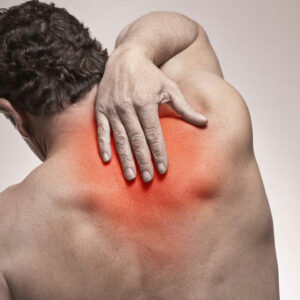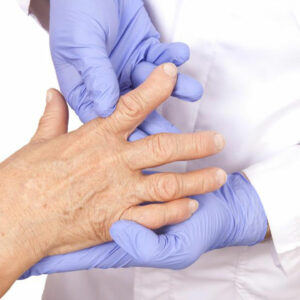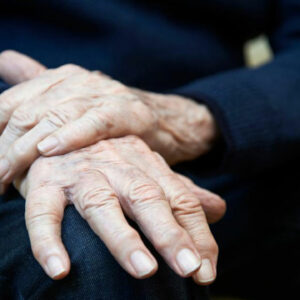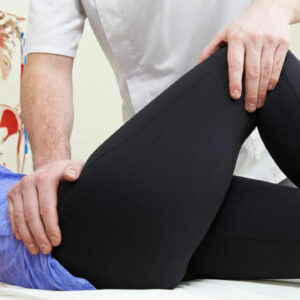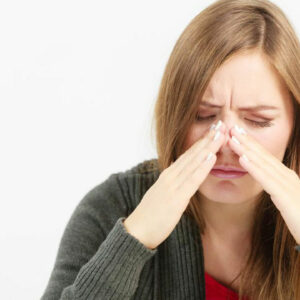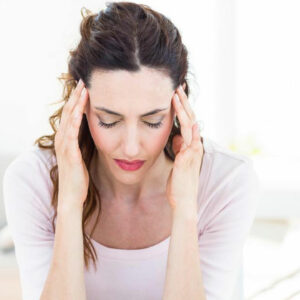
01
Symptoms and Remedies for Sleep Apnea
Sleep apnea is quite a common sleeping disorder these days. If you experience poor quality of sleep, it might be due to sleep apnea. This disorder causes oxygen deficiency in the body due to uncontrollable pauses while breathing and shallow or short breaths during sleep. Sleep apnea often causes one to wake up startled. Common Symptoms of Sleep Apnea A person with sleep apnea, usually stops breathing every now and then, during the night’s sleep. Sleep apnea may stop one’s breathing for as many as thirty times in an hour. This sleeping disorder may also cause a person to stop breathing for very brief moments, even without them being aware of it. People who experience sleep apnea are triggered to wake up suddenly and gasp for air. Once they wake up startled, the body desperately tries to reopen the airways, to make up for the deficiency of oxygen. The irregular breathing process associated with sleep apnea may result in symptoms such as loud snoring, disturbed sleep, fatigue, choking during sleep and anxiety. For these symptoms, there are various remedies for sleep apnea which one can consider. Risks Associated with Sleep Apnea Sleep apnea is not just a problem of heavy snoring. It is a serious medical condition and requires immediate attention. One need to immediately consult a doctor to find remedies for sleep apnea. Long-term health issues associated with sleep apnea include a risk of heart disease, diabetes, stroke, obesity, short-term memory loss and sexual dysfunction. Interrupted sleep has also time and again been associated with accidents while driving, low performance in academics and work, high vulnerability to common cold and flu and low body resilience. Follow these Natural Remedies for Sleep Apnea Maintain a healthy weight and good health One of the most common and effective remedies for sleep apnea is exercising and eating healthy.
Read More 
